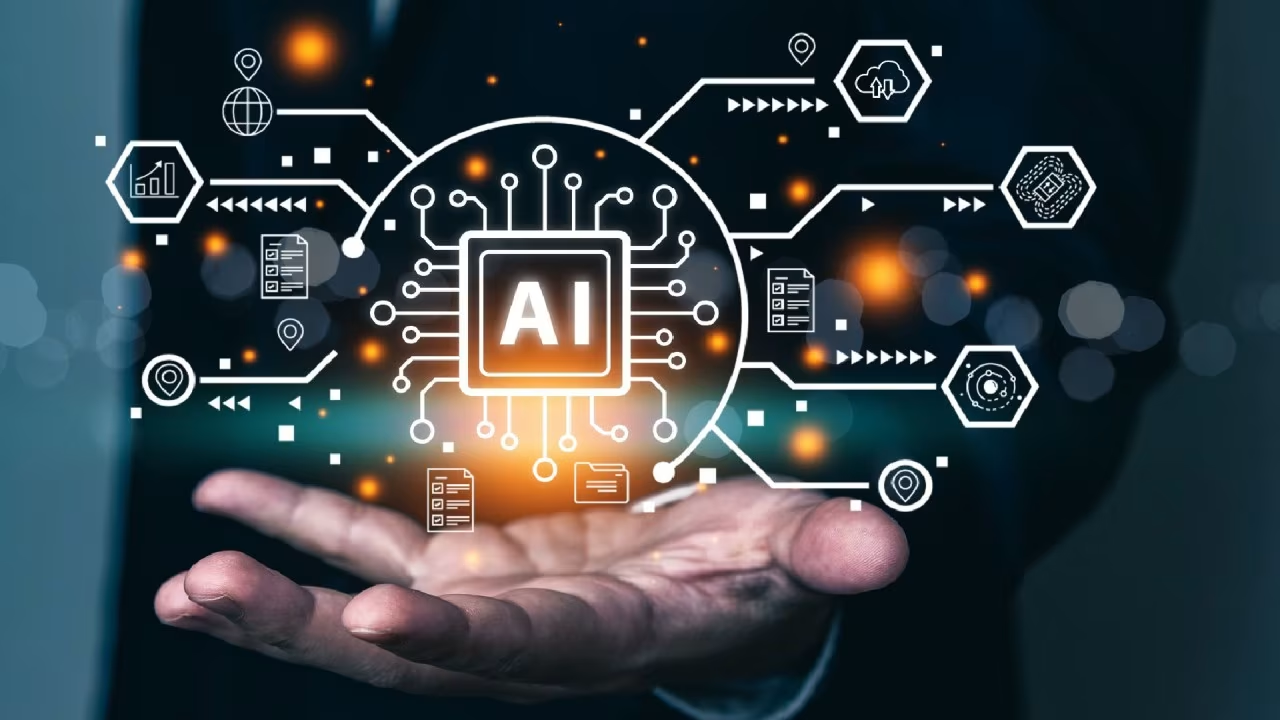From smart chat to smarter customers
One of the fastest-evolving areas is AI-driven interaction. AI chatbots have come a long way, but the latest models go much further. They understand natural language, learn from customer behavior, and even predict what a visitor might need before they ask.
Generative AI models like GPT-4 and Claude are now being used to provide nuanced, human-like support. These systems can handle complex queries, route customers to the right resources, and offer 24/7 availability without the clunky limitations of traditional bots.
If you're running an e-commerce site or a service platform, implementing these new models can significantly reduce customer service costs while boosting satisfaction. But that’s not all. They can also support lead generation, booking flows, and intelligent upselling based on real-time visitor data.
Training models that learn your business
You don’t need to rely only on pre-trained models. One of the biggest game changers is the ability to train AI models specifically on your own website data, product content, and customer behavior. This makes your AI tools more relevant, context-aware and effective.
Understanding what is ai model training is the first step in building a model that’s tailored to your exact business needs. With the right tools, you can automate training loops based on updated content, user interactions, and backend performance data. The outcome is an AI assistant that’s uniquely tuned to your website and your audience.
These training capabilities are especially powerful for dynamic content environments like online magazines, travel platforms, real estate directories, or learning portals. Instead of rewriting FAQs or updating response flows manually, your AI evolves as your content evolves.
Where AI is driving the biggest gains
AI tools for websites now go well beyond basic personalization. They operate across multiple layers of the user experience. Some of the key areas where cutting-edge models are delivering high-impact results include:
- Dynamic content optimization that changes headlines, images or calls-to-action based on visitor profile
- Real-time translation and localization using neural models trained on conversational context
- Heatmap analysis that predicts attention zones and suggests UI improvements before launching A/B tests
- Semantic search that understands what your visitors mean, not just what they type
- AI-powered image compression and loading strategies for lightning-fast page speed
With these enhancements, websites become not just faster and smarter, but more aligned with what users actually want—resulting in better retention and more sales.
Streamlining your marketing stack
Beyond the visual and interactive layers, AI is playing an increasing role in backend processes and marketing automation. Businesses are integrating models to make smarter decisions faster, and reduce the manual load on content teams and analysts.
Here are just a few examples of how AI is being used to simplify marketing ops:
- Automatically adjusting SEO metadata based on performance patterns
- Creating email variants tailored to segments based on behavior or sales history
- Predicting bounce rates and recommending landing page tweaks in real time
- Mapping customer journeys using unsupervised clustering techniques
- Summarizing long-form content into digestible insights for internal reporting
These features are no longer limited to enterprise systems. Platforms like Aiminfy softwarecompany are making it easier for small and mid-sized teams to deploy powerful AI workflows without hiring data scientists.
Looking ahead: AI as your strategic advantage
AI for websites is no longer just an add-on. It’s becoming a core engine for growth, differentiation, and customer experience. But to unlock its full potential, businesses need to move past one-size-fits-all solutions and start thinking strategically.
In the coming years, we’ll likely see deeper integration between AI models and emerging web technologies. Think of AI collaborating with Web3 for decentralized identity verification, or pairing with augmented reality to personalize virtual storefronts in real time. As browsers and devices become more powerful, the AI layer on your website can evolve from a support tool into a dynamic orchestrator of every user touchpoint.
The smartest websites in 2025 will not only look good and load fast, they’ll be living systems that adapt to every visitor, learn from every interaction, and offer insights that shape smarter decisions across the entire organization.
If you’re ready to elevate your digital presence, now is the time to explore how AI models can become a natural extension of your brand, your team, and your long-term strategy. The tools are here. The results are measurable. All that’s left is to get started.



